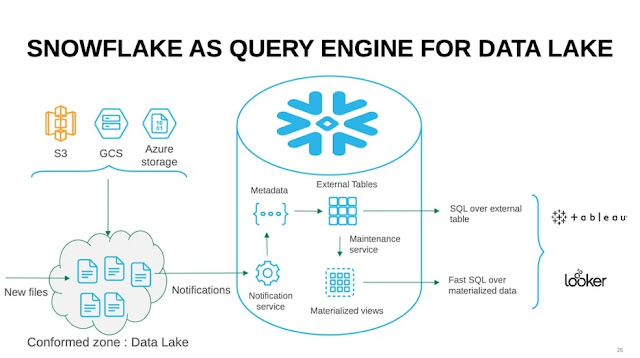What is Core Data Service View in SAP

SAP CDS (SAP Core Data Service) is a data modeling structure that defines and consumes data models that are not on the application server but on the database server. Certain key needs are met by the powerful in-memory database of SAP HANA. These include fast real-time performance for optimized activities at the database level, quick retrieval of data, and reduced application execution time. Developers use the SAP CDS to create underlying data models and application services for exposure to UI clients as CDSView SAP. CDS View SAP is a virtual data model of SAP. It allows direct access to the underlying tables of the HANA database. CDS View SAP was introduced by SAP with a new programming model that focused on pushing logic from the application server to the client-side and database and is known as ‘Code -to-date or ‘Code Pushdown’. CDS View SAP gets the logic from the ABAP application and executes it on the database server instead of the application...





